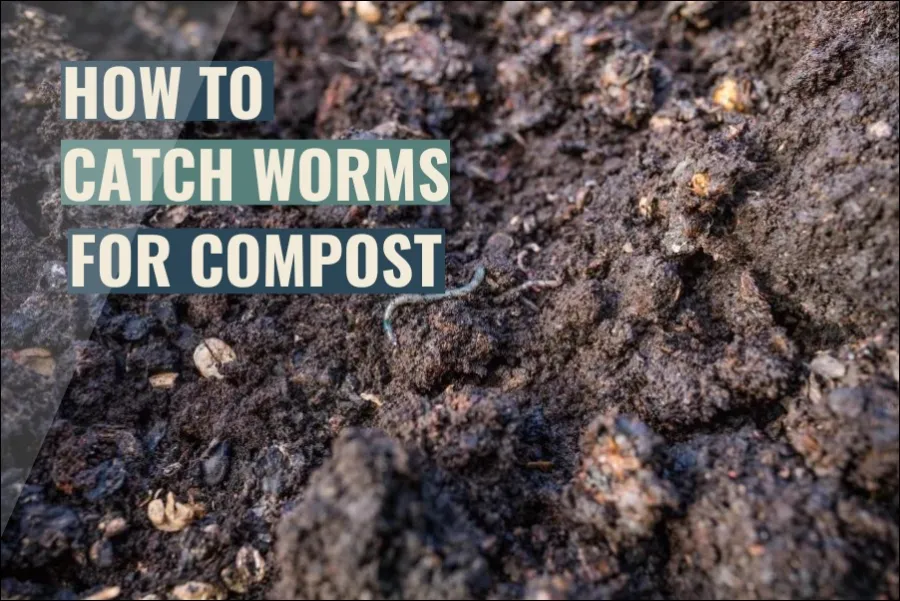
Worms are an essential component of a healthy compost system, and catching worms is an important step in setting up your compost bin. Whether you are a seasoned composting pro or a beginner, these five tips will help you catch worms efficiently and effectively.
Look for worms in damp, shaded areas like leaf litter or compost piles. Use a flashlight or headlamp to search for worms at night. Attract worms with bait like mashed fruit or coffee grounds. Gently handle and transfer worms to a damp, covered container before adding them to your vermicomposting bin.
Catching worms may seem like a daunting task, but it is a crucial step in setting up a successful compost system. With the right techniques and a little bit of patience, you can easily catch worms to add to your compost bin. Here are five tips to help you get started.
1. Look in damp and shaded areas.
One of the best places to look for worms is in damp, shaded areas where they are most likely to be found. This includes areas like leaf litter, grass clippings, or compost piles. These areas provide the worms with the moisture and protection they need to survive.
When searching for worms in these areas, it is important to be gentle and avoid disturbing the soil too much. The worms will be more likely to come to the surface if the soil is not too disturbed.
One way to search for worms is to use a shovel or pitchfork to gently dig down into the soil and uncover any worms that may be hiding beneath the surface. Be sure to check both the top layer of soil and deeper layers, as worms can be found at various depths depending on the type of soil and the climate.
Another method for finding worms is to use a flashlight or headlamp to search for worms at night, when they are more active. This can be an effective way to find worms, as they are more likely to come to the surface in search of food when it is dark.
In addition to looking for worms in damp, shaded areas, you can also try using bait to attract worms. Some common baits include mashed fruit, coffee grounds, or wet newspaper. These materials can be placed on the surface of the soil or buried slightly to attract worms.
Once you have found some worms, be sure to handle them gently and transfer them to a damp, covered container until you are ready to add them to your vermicomposting bin. Worms are delicate and can be easily damaged, so it is important to handle them with care.
Overall, finding worms for vermicomposting is a matter of looking in the right places and being patient. By following these tips and using a little bit of effort, you should be able to find plenty of worms to get your vermicomposting system up and running.

2. Use a shovel or pitchfork.
Using a shovel or pitchfork to gently dig for worms is a common method for finding worms for vermicomposting. This method works best in areas where the soil is moist and not too compacted, as worms are more likely to be found in these conditions.
To use this method, start by selecting a spot in a damp, shaded area where worms are likely to be found. This could be a compost pile, a grassy area, or a bed of leaf litter.
Next, use a shovel or pitchfork to gently dig down into the soil to a depth of about six inches. Be sure to use a gentle, scooping motion and avoid disturbing the soil too much, as this will make it easier for the worms to come to the surface.
As you dig, keep an eye out for worms. They may be hiding just beneath the surface of the soil or deeper down. Once you have found some worms, transfer them to a damp, covered container until you are ready to add them to your vermicomposting bin.
It is important to handle the worms gently when using this method, as they are delicate and can be easily damaged. Be sure to support the worms with your hand or a soft cloth as you transfer them to the container.
Overall, using a shovel or pitchfork to gently dig for worms is a simple and effective way to find worms for vermicomposting. With a little bit of effort, you should be able to find plenty of worms to get your vermicomposting system up and running.
3. Use a flashlight or headlamp.
Using a flashlight or headlamp to look for worms at night is another effective method for finding worms for vermicomposting. This method works best in areas where the soil is moist and not too compacted, as worms are more likely to be found in these conditions.
To use this method, start by selecting a spot in a damp, shaded area where worms are likely to be found. This could be a compost pile, a grassy area, or a bed of leaf litter.
Next, wait until the sun has gone down and it is dark outside. Turn on your flashlight or headlamp and begin searching for worms. You may need to spend some time searching, as worms can be difficult to spot.
Worms are more active at night, and they may be more likely to come to the surface in search of food when it is dark. As you search, be sure to look for any movement on the surface of the soil or any small, wriggling shapes beneath the surface.
Overall, using a flashlight or headlamp to look for worms at night is a simple and effective way to find worms for vermicomposting. With a little bit of effort, you should be able to find plenty of worms to get your vermicomposting system up and running.
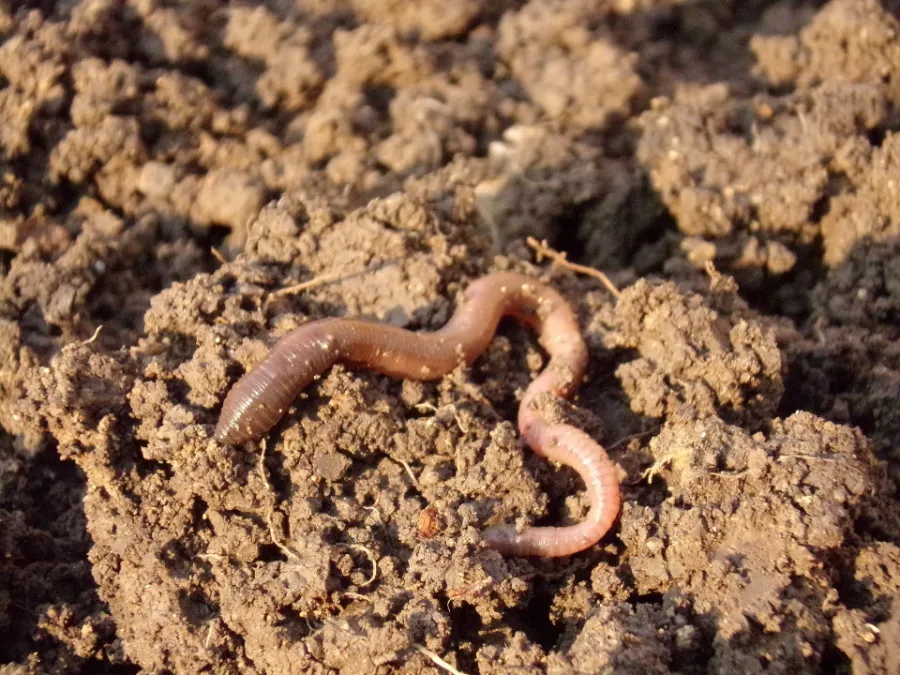
4. Use bait
Using bait to attract worms is another effective method for finding worms for vermicomposting. This method works best in areas where the soil is moist and not too compacted, as worms are more likely to be found in these conditions.
There are several types of bait that can be used to attract worms. Some common baits include mashed fruit, coffee grounds, or wet newspaper. These materials can be placed on the surface of the soil or buried slightly to attract worms.
To use this method, start by selecting a spot in a damp, shaded area where worms are likely to be found. This could be a compost pile, a grassy area, or a bed of leaf litter.
Next, prepare your bait and place it on or near the soil. Be sure to use enough bait to cover a good portion of the area, as this will increase your chances of attracting worms.
Leave the bait in place for a few hours or overnight and then check to see if any worms have come to the surface. You may need to repeat this process several times before you start to see results.
Overall, using bait to attract worms is a simple and effective way to find worms for vermicomposting. With a little bit of effort, you should be able to find plenty of worms to get your vermicomposting system up and running. Read more about what worms like to eat here.
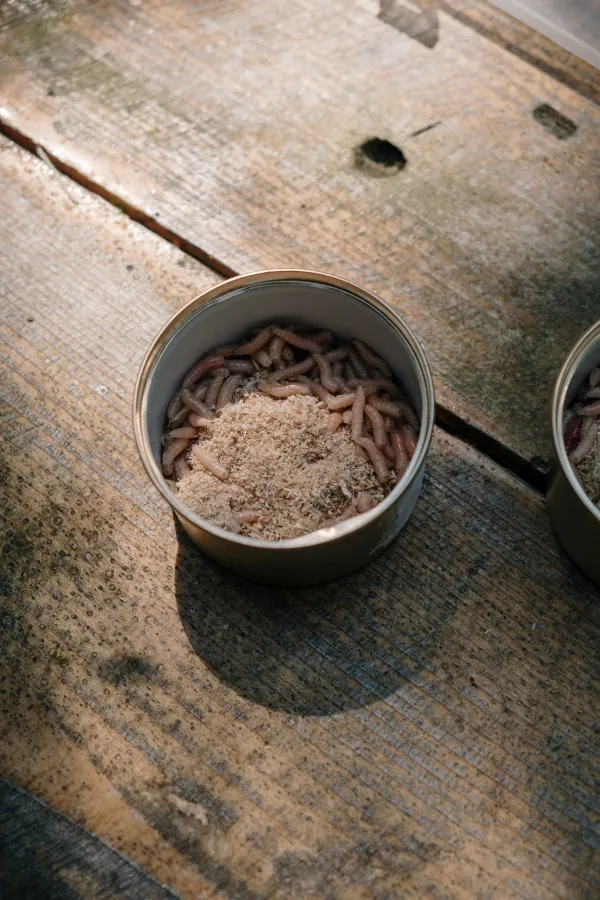
5. Handle them gently
When collecting worms for vermicomposting, it is important to handle them gently and transfer them to a damp, covered container until you are ready to add them to your vermicomposting bin. Worms are delicate creatures and can be easily damaged if they are handled improperly.
To handle worms gently, be sure to support them with your hand or a soft cloth as you transfer them to the container. Avoid squeezing or pinching the worms, as this can cause them to be injured or killed.
It is also important to keep the worms moist during the transfer process. Worms need moisture to survive, so be sure to keep them in a damp, covered container until you are ready to add them to your vermicomposting bin. A container with a lid or top that can be opened and closed is ideal, as this will help to keep the worms moist while also allowing for some ventilation.
When transferring the worms to the container, be sure to place a small amount of bedding material in the bottom of the container. This could be something like shredded newspaper or coconut coir. The bedding will help to keep the worms moist and provide them with a comfortable place to rest.
It is also a good idea to add some food to the container to help the worms adjust to their new environment. Some good options for worm food include fruit and vegetable scraps, coffee grounds, and tea leaves. Be sure to add only a small amount of food at first, as you don’t want to overcrowd the worms or create excess moisture in the container.
Overall, handling worms gently and transferring them to a damp, covered container is an important step in setting up a vermicomposting system. By following these tips, you can help ensure that your worms are healthy and happy, which will in turn help your vermicomposting system to be successful.
Is it worth buying worms for compost?
It can be worth buying worms for composting, especially if you are setting up a vermicomposting system and do not have access to a natural source of worms. Vermicomposting is a popular method of composting that uses worms to decompose organic material and create a nutrient-rich soil amendment. The worms consume the organic material and produce compost, which can be used to enrich soil and promote plant growth.
There are several benefits to buying worms for composting. One advantage is that worms are readily available for purchase from a variety of sources, including online retailers, garden centers, and farmers markets. This makes it easy to get started with vermicomposting, even if you do not have access to a natural source of worms.
Another advantage of buying worms is that they are generally very hardy and easy to care for. Worms do not require a lot of special attention or maintenance, and they are generally able to thrive in a variety of conditions. This makes them an ideal choice for people who want to get started with composting but do not have a lot of experience with caring for animals.
Overall, buying worms for composting can be a convenient and effective way to get started with vermicomposting. Whether you are an experienced gardener or a beginner, vermicomposting is a fun and rewarding way to reduce waste, enrich your soil, and promote plant growth.
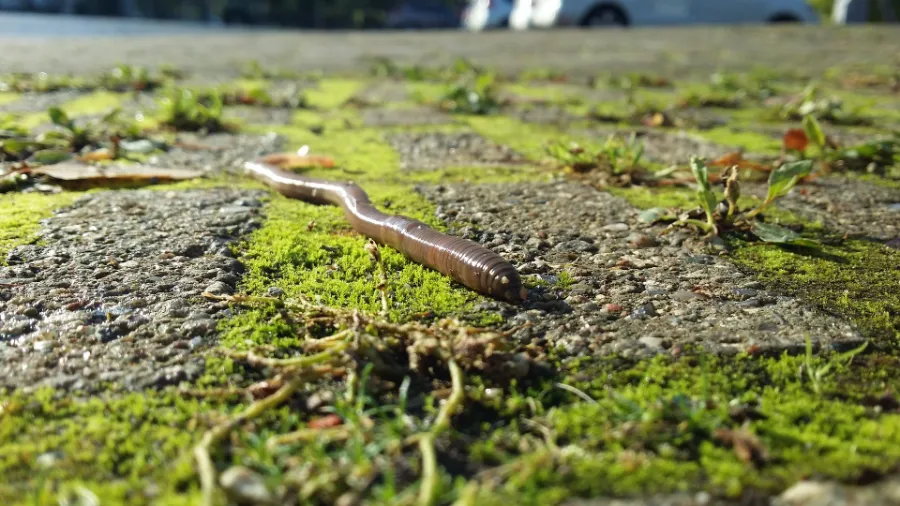
Can I use fishing worms for composting?
es, you can use fishing worms for composting. Fishing worms, also known as nightcrawlers or dew worms, are a type of earthworm that is commonly used as bait for fishing. They are also well-suited for use in composting, as they are efficient at breaking down organic matter and producing compost.
However, it is important to note that fishing worms are not the same as red worms, which are specifically bred for vermicomposting. Red worms, also known as red wrigglers or red wiggler worms, are smaller and more efficient at breaking down organic matter than fishing worms. They are also more resistant to changes in temperature and pH, making them better suited for vermicomposting in a variety of conditions.
That being said, fishing worms can still be used effectively for composting, especially if you are unable to find red worms or do not have access to a vermicomposting bin. Simply add the worms to your compost pile or bin along with other organic materials and allow them to work their magic. Fishing worms will consume the organic material and produce compost, which can be used to enrich soil and promote plant growth.
Overall, while fishing worms may not be the ideal choice for vermicomposting, they can still be a useful tool for producing compost at home.
How long does it take for worms to find compost?
It can take worms a varying amount of time to find their way to a compost pile or bin, depending on the size of the pile and the number of worms you are adding. In general, worms will migrate towards the compost pile or bin on their own, drawn by the presence of food and moisture.
However, it is important to note that worms are sensitive to changes in their environment and can take some time to acclimate to a new location. It is generally recommended to give worms a week or two to find their way to the compost pile or bin and begin consuming the organic material.
There are several things you can do to help the worms find their way to the compost pile or bin more quickly. One option is to place a small amount of bait, such as mashed fruit or wet newspaper, in the center of the pile to attract the worms. Another option is to bury the worms slightly in the compost pile, which will help them to find their way to the food more easily. There are some foods worms don’t like to eat.
Overall, while it may take some time for worms to find their way to a compost pile or bin, they are generally efficient at locating food and will begin consuming the organic material in the pile once they have acclimated to their new environment.
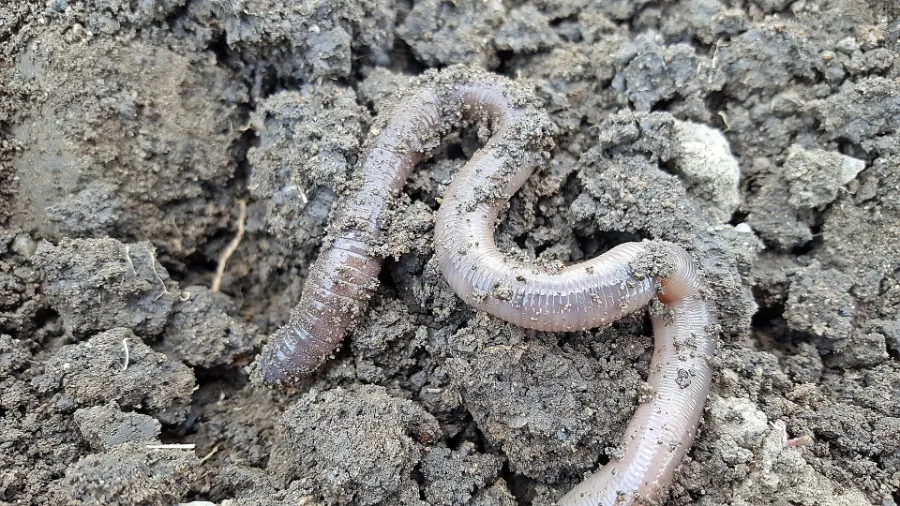
In conclusion
Worms are an essential component of a healthy compost system, and catching worms is an important step in setting up your compost bin. Whether you are a seasoned composting pro or a beginner, there are several methods you can use to catch worms efficiently and effectively. One way to find worms is to look in damp, shaded areas like leaf litter or compost piles. Alternatively, you can use a flashlight or headlamp to search for worms at night, or try using bait like mashed fruit or coffee grounds to attract them. When collecting worms, it is important to handle them gently and transfer them to a damp, covered container until you are ready to add them to your vermicomposting bin.
Using a shovel or pitchfork to gently dig for worms is another effective method for finding worms for vermicomposting. This works best in areas where the soil is moist and not too compacted. To use this method, select a spot in a damp, shaded area and use a shovel or pitchfork to gently dig down into the soil to a depth of about six inches. Keep an eye out for worms and handle them gently as you transfer them to a damp, covered container.
Another option is to use bait to attract worms. Some common baits include mashed fruit, coffee grounds, or wet newspaper. These materials can be placed on the surface of the soil or buried slightly to attract worms. Leave the bait in place for a few hours or overnight and then check to see if any worms have come to the surface. You may need to repeat this process several times before you start to see results.
In addition to these methods, you can also try purchasing worms from a reputable retailer. This can be a convenient option, especially if you are setting up a vermicomposting system and do not have access to a natural source of worms. When purchasing worms, be sure to choose a reputable source and handle the worms gently when transferring them to your vermicomposting bin.
Overall, there are several effective methods for catching worms for vermicomposting. With a little bit of effort and patience, you should be able to find plenty of worms to get your vermicomposting system up and running.
